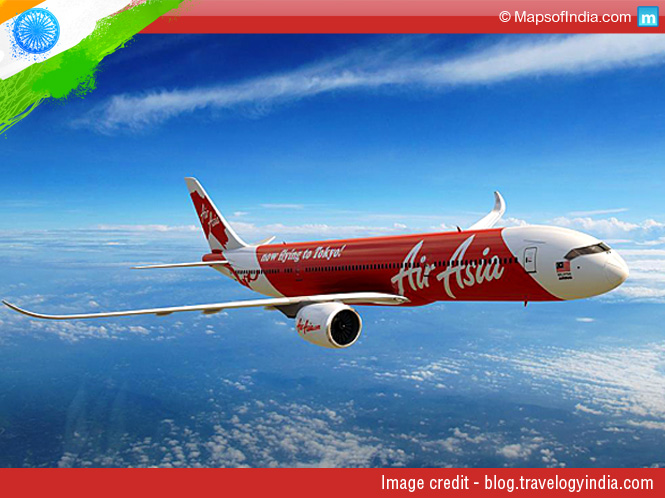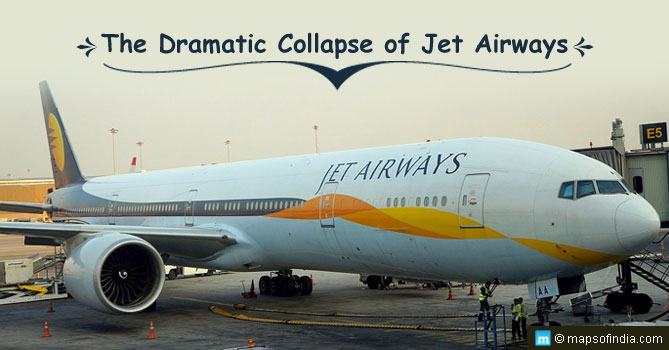
Forgotten what it’s like to travel in trains? There’s a new kid on the aviation block – AirAsia India. On Wednesday, May 7, 2014, the Directorate General of Civil Aviation (DGCA) issued India’s latest air operator the Air operator’s Permit – a license needed to launch the airline. AirAsia India is a joint venture between the Tata Group, AirAsia (Malaysia’s low-cost airline company) and Telestra Tradespace (an investment company. Mittu Chandilya, the CEO of AirAsia India, confirmed that the airline will attempt to provide services at the lowest cost in the country. Chandilya tweeted “Boom! 1815hrs(IST) today AirAsiaIndia was born. So proud of my team. Who is ready to revolutionize Air Travel in India.” The permit came despite BJP’s protests and opposition from existing airline operators in India. Malaysia based AirAsia intends to invest about INR 80.98 crore in AirAsia India providing the aviation sector a much needed boost in terms of investment.
It is the timing of the entrance of AirAsia India that is a matter of contention for market watchers. The aviation space in India is in a tumultuous phase currently. Kapil Kaul, South Asia CEO of the Centre for Asia Pacific Aviation (CAPA), an aviation consultancy, said, “Domestic airlines continue to be very precariously placed and AirAsia’s entry will further challenge the existing airlines.” With a very volatile rupee and skyrocketing fuel costs, the sector as a whole seems to have incurred losses amounting to $1.3 billion in the FY 2013-14 period. With Kingfisher Airlines falling apart, news reports are that the staff is in dire straits even as they wait for their due payments to come in. Air India meanwhile seems to have run up its own woes. AI’s aircraft debt was estimated at INR 26,033 crore and working capital debt at INR 21,125 crore as on December 31, 2013. The airline is expected to lose a further INR 4,400 crore this year. The government has promised Air India an equity infusion of about INR 1,375 crore. Nothing much there to inspire investor confidence in the industry!
India’s largest airline currently, is low cost carrier Indigo, run by InterGlobe Aviation Ltd. Indigo is not currently listed but is one of the fastest growing low cost airlines across the globe. Unlike the others, Indigo seems to be the only airline with a positive net worth in the Indian aviation sector. In FY 2012-13, Indigo recorded a net profit of INR 787 crore and as of March 2013 recorded total borrowings of worth INR 1,698.73 crore. Current news reports however seem to indicate that Qatar Airways is interested in buying a stake in Indigo, which currently has a market share of 30.9% in India and is also among the 10 biggest low-cost carriers in the world. Qatar Airways is an important airline from the Gulf region and is a member of Oneworld, a global civil aviation alliance.
SpiceJet, the other low-cost Indian airline has been facing tough times, though. Owned by the Sun Group of India, SpiceJet is listed with a market capitalization of INR 784.19 crores. The shares of this company were trading at around 41.50 this time last year, but the decline has been constant and is now trading at about 14.55 (May 7, 2014 closing). While investors seem to keep holding on to this scrip with a hope that it is sure to bring healthy returns but considering that SpiceJet declared losses in Q3 FY 2013-14 to the amount of INR 171 crore. The Q4 results are yet to be announced but market watchers fear that SpiceJet may also go the Kingfisher way. The losses were ascribed to forex losses and rising fuel costs. Currently, the no-frill carrier is trying all possible promotional techniques to lure more customers and regain its earlier growth momentum.
Jet Airways, India’s largest carrier for many years till Indigo took over in 2012 has not been faring too well lately. The airline is listed on BSE and NSE and reported a loss of INR 267.89 crore for the quarter ending December 2013 as against a net profit of INR 85 crore in the same quarter a year ago. The Jet Airways stock hit a 52-week high in May 2013, touching INR 615.20 but hit a low of INR 210.25 in early February 2014. It is currently trading at around INR 236.05 (BSE May 8, 2014 closing).
Consistency and returns seem to be major challenges for the retail investors who are considering the aviation sector. Will Indian airlines degenerate into a fare war causing its own revenue sabotage? Will it outgrow the current setbacks and emerge a lucrative investment option for investors in the country? Time for us to wait and watch!




